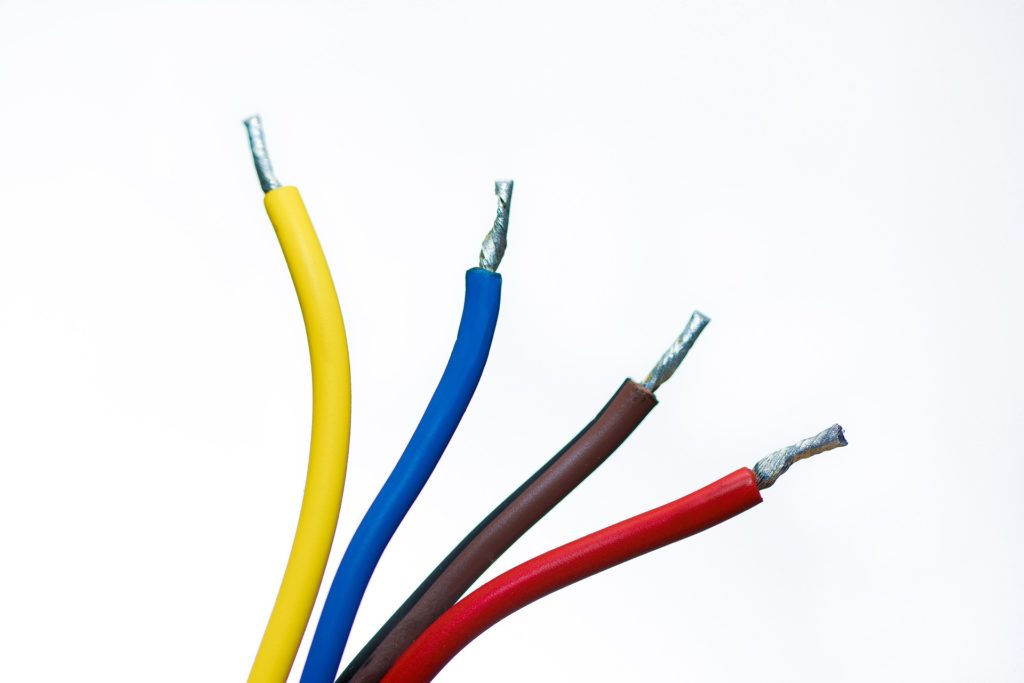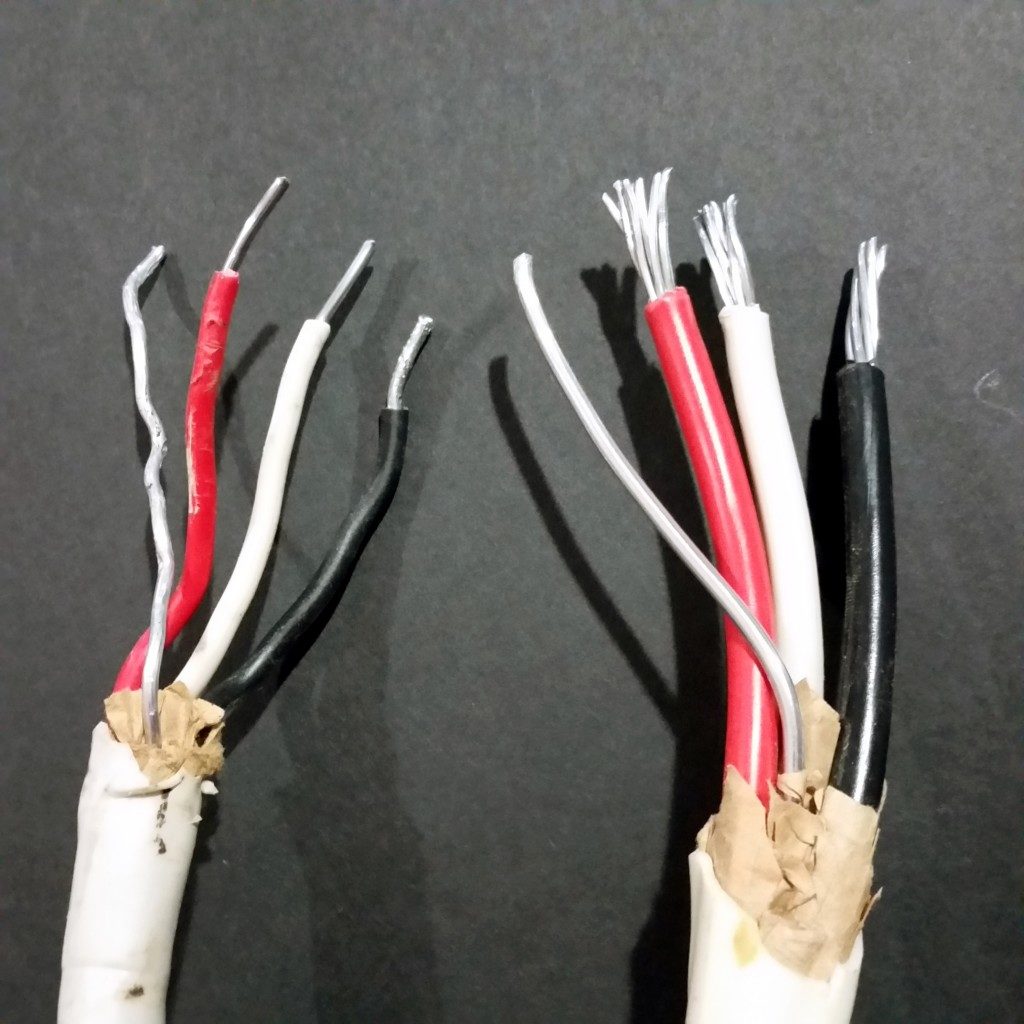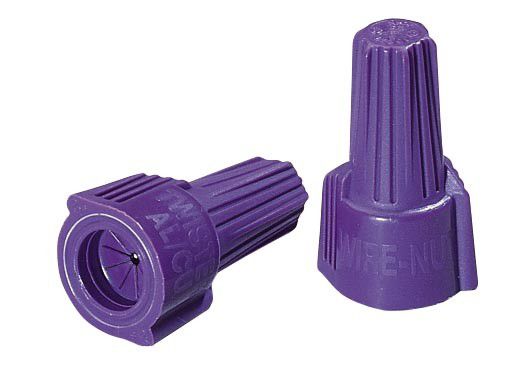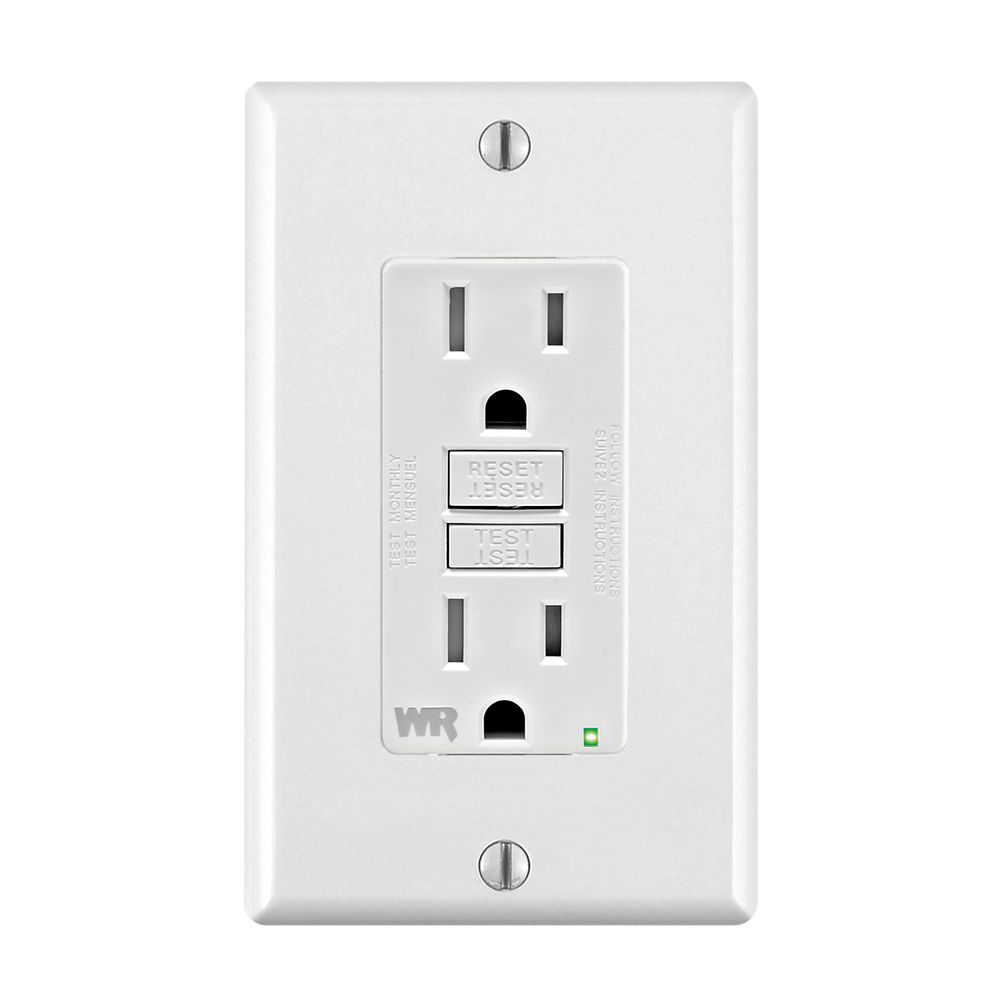How to look after aluminum wiring and troubleshoot common electrical issues

Finding out your new home, or a home you would like to buy, has aluminum wiring can be a bit of a setback. People – rightfully have concerns about the safety and reliability of aluminum wiring. However with proper care and attention, aluminum wiring can be safe, and it is not always necessary to completely redo the wiring in your home. Many older homes still have aluminum wiring, so it is important to know how to spot it and what problems to look out for.
Aluminum Wiring in Homebuilding
Due to the high price of copper at the time, copper wiring became too expensive for most homeowners and builders in the 1960s and 1970s. Aluminum was a cheap and lightweight alternative to copper, so aluminum wiring was used instead. But many dangerous problems soon began to develop due to aluminum wiring’s properties. Aluminum wires are softer than copper, making them easier to damage, and a damaged wire is prone to overheating. Aluminum wiring’s softness also causes it to expand and contract more than copper wiring when heated by electrical flow. This constant expansion and contraction causes the wires to become loose from their connections over time. Overheating is also caused by the aluminum oxide that forms when aluminum rusts. While copper oxide is electrically conductive, aluminum oxide impedes the flow of electricity, causing the wires to overheat. Because of these problems, aluminum was determined to be an inferior, and often dangerous, substitute for copper, and its use was discontinued in the mid-70s.

Recognising a Problem with Aluminum Wiring
There are many tell-tale signs that there is a problem with your home’s aluminum wiring. Things to watch out for are breakers tripping, flickering lights or lights that only work intermittently, walls or fixtures that feel hot, a burning or melting smell, warm cover plates, or melted insulation. These signs indicate that the wires are damaged or not connected properly and need to be inspected and repaired as soon as possible.
Even if there aren’t currently any problems with your aluminum wiring, it is a good idea to have a licensed electrician come and inspect the wiring. Problems can develop over time and if inspections are done regularly these problems can be spotted before they become dangerous.
Fixing an Aluminum Connection
Call a licensed electrician if you notice any electrical issues. They will inspect the wiring to determine what steps need to be taken. Depending on the extent of the problem, it might be necessary to re-wire the home, but it is usually possible for an experienced electrician to adapt the wiring, making it safer and more reliable. Special tools and materials are required to do the job properly and it is not recommended that homeowners try and do this themselves. Aluminum wiring is soft and easily damaged, so extra care must be taken to avoid damaging the wiring and creating future problems.
To adapt aluminum wiring and bring it up to current code regulations, an electrician will need to examine the switches, outlets, and connections. At minimum, all switches and outlets should be replaced with ones that are approved for use with aluminum wiring. Unfortunately, the selection is limited to standard toggle switches and old-fashioned looking outlets. More modern options, such as dimmer switches, are not compatible with aluminum wiring, so the electrician will need to adapt the aluminum wiring connections. This is done by attaching a piece of copper wire to the aluminum wire, then attaching the copper wire to the new device in a technique known as “pigtailing”. This job requires the use of a special marrette – or wire connector – that is filled with an antioxidant compound that prevents corrosion.


Home Insurance & Aluminum Wiring
Insuring a home with aluminum wiring is more complicated than insuring one with copper wiring. Given that there are known safety concerns, some insurance companies will not cover homes with aluminum wiring. Once you realise that your home has aluminum wiring, discuss it with your insurance provider. They will let you know what steps you need to take in order to get coverage. Most insurance companies require an inspection by a professional electrician and a certificate confirming that the wiring is safe.
An expert electrician can make repairs and adjustments to ensure the wiring is safe. Repairs may include fixing connection points, replacing receptacles, and replacing switches. These changes are relatively minor for an experienced professional, and are certainly a lot less trouble than rewiring the whole home. Once the aluminum wiring is properly retrofitted, the electrician can certify that it is safe.

Common Household Electrical Issues
There is no need to panic if you notice small electrical issues in your home – it may be something minor and easy to fix. It could be that one of your switches or outlets are broken or worn out and need to be replaced. It could be that the switch or outlet is not compatible with your home’s wiring. For example, dimmer switches will not work with aluminum wiring and an electrician will have to adapt the connection. Other problems could be an overloaded circuit, a damaged wire, or loose connection. It is unwise to ignore electrical issues, no matter how small. Call an electrician to inspect the issue before any major problems develop.

You are not a DIY ?!
No problem, We are here to help.

GFCI Receptacles
GFCI stands for ‘ground fault circuit interrupter’ and these outlets are identifiable by their “reset” and “test” buttons. A GFCI outlet takes the place of a regular outlet in any areas where water or moisture is present, such as kitchens, bathrooms, laundry rooms, or outdoor areas. They prevent electrical shock by constantly monitoring the flow of electrical current. If a disruption in current is detected, a GFCI will immediately cut the power to any device that is plugged into it. It will also cut power if it senses a ground fault or any overheating.
There are no GFCI outlets that are compatible with aluminum wiring. An electrician will need to adapt the wiring to work with the outlet by “pigtailing” a section of copper wire to the aluminum wire, then attaching the copper wire to the outlet. This technique is perfectly safe provided it is done properly, using appropriate parts and materials.

Importance of a Functioning GFCI Receptacle
A GFCI is like a circuit breaker that will prevent electrical shock by cutting power to any device plugged into it if it senses a potentially dangerous issue. For example, if you are using an electrical device and it accidentally comes into contact with water, a working GFCI will cut the power immediately and prevent electrocution.
It is important to regularly test all GFCI outlets to ensure that they are working properly. If the outlet isn’t working for any reason, there is serious risk of electric shock. It is a good idea to test GFCI outlets once a month, and replace them every 10 years.
Test a GFCI outlet by pressing the “test” button on the outlet. Try plugging a device, like a hairdryer, into it – there should not be any power. Press the “reset” button and plug your device back in – there should be power. If the outlet fails this test there is a problem and an electrician should be called to troubleshoot and replace it if necessary.
FAQ
When was aluminum wiring used?
Aluminum wiring was commonly used in homebuilding in the 1960s and 1970s. Houses built and renovated during that era may still have their aluminum wiring.
What does aluminum wiring look like?
Aluminum wiring is marked with “AL” or “ALUM” on the jacket of the wire. The wires themselves are silver, rather than the copper color of copper wiring.
Is aluminum wiring safe?
Yes, if the wiring is connected and terminated properly, and specific materials suitable for use with aluminum wiring are used. Inspection by a licensed electrician should be done to check for problems such as: breakers tripping, flickering lights or lights that only work intermittently, walls or fixtures that feel hot, a burning or melting smell, warm cover plates, or melted insulation.
How do I fix aluminum wiring in my house?
The first thing to do if you are having wiring issues is call a licensed electrician. They will inspect the wiring in your home to determine what steps need to be taken. Depending on the extent of the problem, it might be necessary to re-wire the home, but it is usually possible for an experienced electrician to adapt the wiring, making it safer and more reliable. Special tools and materials are required to do the job properly and it is not recommended that homeowners try and do this job themselves. Aluminum wiring is soft and easily damaged, so extra care must be taken to avoid damaging the wiring and creating future problems.
Why are my lights flickering?
There are a few simple issues that will cause lights to flicker. If your lights are flickering, check to see if there is a problem with the light bulb – it might not be screwed in properly, or it might not the be right type of bulb for the device. It could be the bulb is not compatible with a dimmer switch if that is what you’re using. Next, check the light fixture itself to see if anything is wrong – perhaps it is not plugged in properly or the prongs are bent. It may be that the light flickers when a powerful appliance, such as a washing machine or a dryer, starts up, causing a momentary drop in power.
How do you fix a flickering light?
Troubleshoot the issue by checking the simple issues mentioned above to eliminate these possible problems. If there is still an issue, contact a licensed electrician. They can come and inspect your wiring to determine the cause and extent of the problem. There is a good chance that the connections are loose, or the wiring is outdated.
How do I replace a GFCI outlet?
To replace a GFCI outlet the first thing you must make sure to do is turn off the breaker. Once that is done you can unscrew the faceplate and pop it off. Unscrew the faulty outlet and pull it away from the box. It is a good idea to mark the wires as either ‘line’ or ‘load’ before you remove them so that you know which way they go back onto the new outlet. Loosen the screws to disconnect the wires starting with the black (hot) wires, then the white (neutral) wires, and then the ground wire. Connect the new outlet by attaching the wires to the appropriate screws: ground wire to the green screw, white wires to the silver screws, black wires to the brass screws. Make sure to attach the ‘line’ and ‘load’ wires in the correct positions. Reattach the outlet to the wall, replace the faceplate and screw it on. Turn the breaker back on, press ‘reset’ on the outlet, and test to make sure it is working.
How much does it cost to replace a GFCI plug?
Replacing a GFCI plug can be dangerous, resulting in electrocution if mistakes are made or any of the wires are not handled properly. It is a job best left to a licensed electrician. The cost of a new outlet is approximately $25 – $30, and it should only take an experienced professional about an hour to replace.
How do you troubleshoot an electrical circuit?
If you are having electrical issues, the best thing to do is leave it to a professional electrician. But there are some simple things you can do to troubleshoot, and possibly even fix, the issue. The first thing to do if a device isn’t working is to make sure that it is not the device that is the problem. Try plugging a different device into the outlet to see if it works. Keep in mind that if the issue is happening with a GFCI outlet, it could be that the outlet needs to be “reset”.
Once you determine that the device is not the problem, unplug all devices from the outlet and reset the breaker by turning the breaker off, then turning it back on. Plug a device back in and see if it works. If the breaker trips again, call a licensed electrician. They will measure the voltage along the wiring lines to determine where the problem begins. It could be that the circuit is overloaded or that one of your devices is faulty. Or it could be a much larger issue with the circuit breaker itself.
 15 must-know facts to protect your home from power surges
15 must-know facts to protect your home from power surges